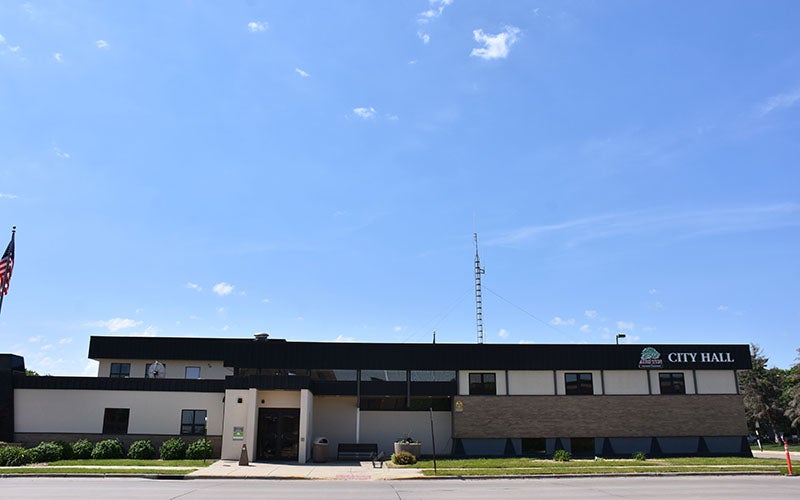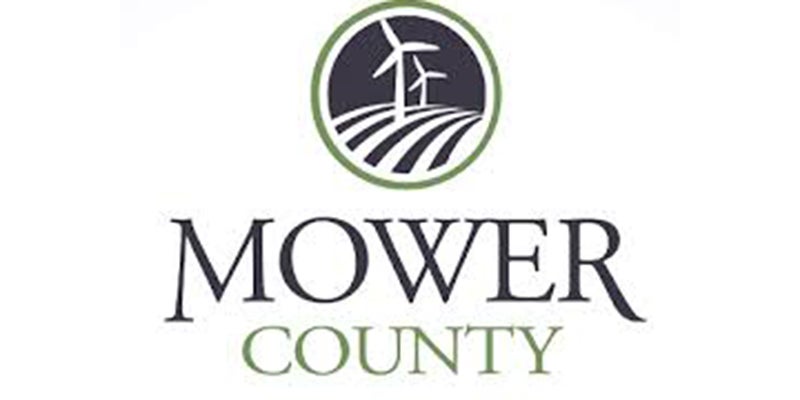County population doesn’t change much; Figures from 2010 and 2016 estimate a matching number
Published 8:48 am Monday, May 1, 2017
The estimated population for Mower County hasn’t changed much over the past six years, according to the U.S. Census Bureau, which released its figures in late March — in fact, it is exactly the same.
The county recorded 39,163 persons in 2016, an estimate that matched the 2010 U.S. Census figure.
While that may not mean much in of itself, it does mark the highest population recorded in the county since 1980, when the population was 40,390, according to the Census Bureau. One can assume that the Farm Crisis of that decade played a part in the dramatic drop in county population, reflected in the 1990 county population census, when almost 3,000 fewer residents — 37,405 — were recorded.
The 1980 figure wasn’t the highest recorded, however. In 1960, 48,498 set the record for Mower County population.
So — what does county population matter?
According to County Coordinator Craig Oscarson, it is just one comparative indicator “of where we may be going as compared to other counties.”
“For example, if we are in a period of economic growth and Freeborn County, which has similar demographics, is growing in population and we are not, then it maybe one of the indicators that maybe we need more proactive economic development programs,” he said. “But it is only one indicator and there many factors to that.”
He said statistics in crime, unemployment and income levels may be more important, since “they tend to determine growth or reductions of our programs and what we need to plan for.”
Outside of Olmsted County, whose medical giant Rochester saw a 5 percent jump in population, few counties in southeastern Minnesota had any major change over the past six years. Freeborn County had a 2.6 percent drop in population, while Rice County grew by 2 percent.
Steele County enjoyed slight growth of .5 percent, and Winona County lost 1 percent.
The city of Austin is the main component of the Mower population count and as of 2015 — the most recent population figure — lost less than 1 percent in population, according to the estimate. The city had 24,563 in 2015, down from 24,720, in 2010.
The most recent estimates of population characteristics for the county show fewer children under the age of 5 (6.8 percent) but more over the age of 65 (18 percent). Of the population ethnicity, 81.6 percent of the population was white, and 11 percent was Latino or Hispanic. The next largest group was Asian (2.5 percent).
Other highlights (latest figures are from 2015):
Veterans: 2,998
Housing units: 16,982 (17,027 in 2010)
Persons per household: 2.51
Those living in the same home one year ago:
Median value, owner-occupied housing unit rate: $111,700
Median household income: $49,427
Per capita income in past 12 months:
Percentage of those living in the same house as a year ago: 86.4 percent
— U.S. Census Bureau



